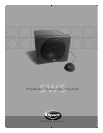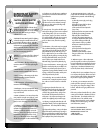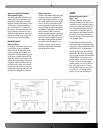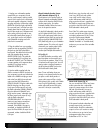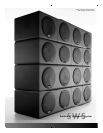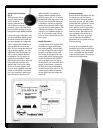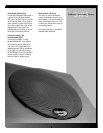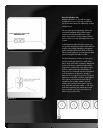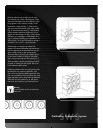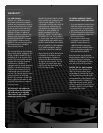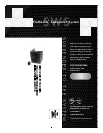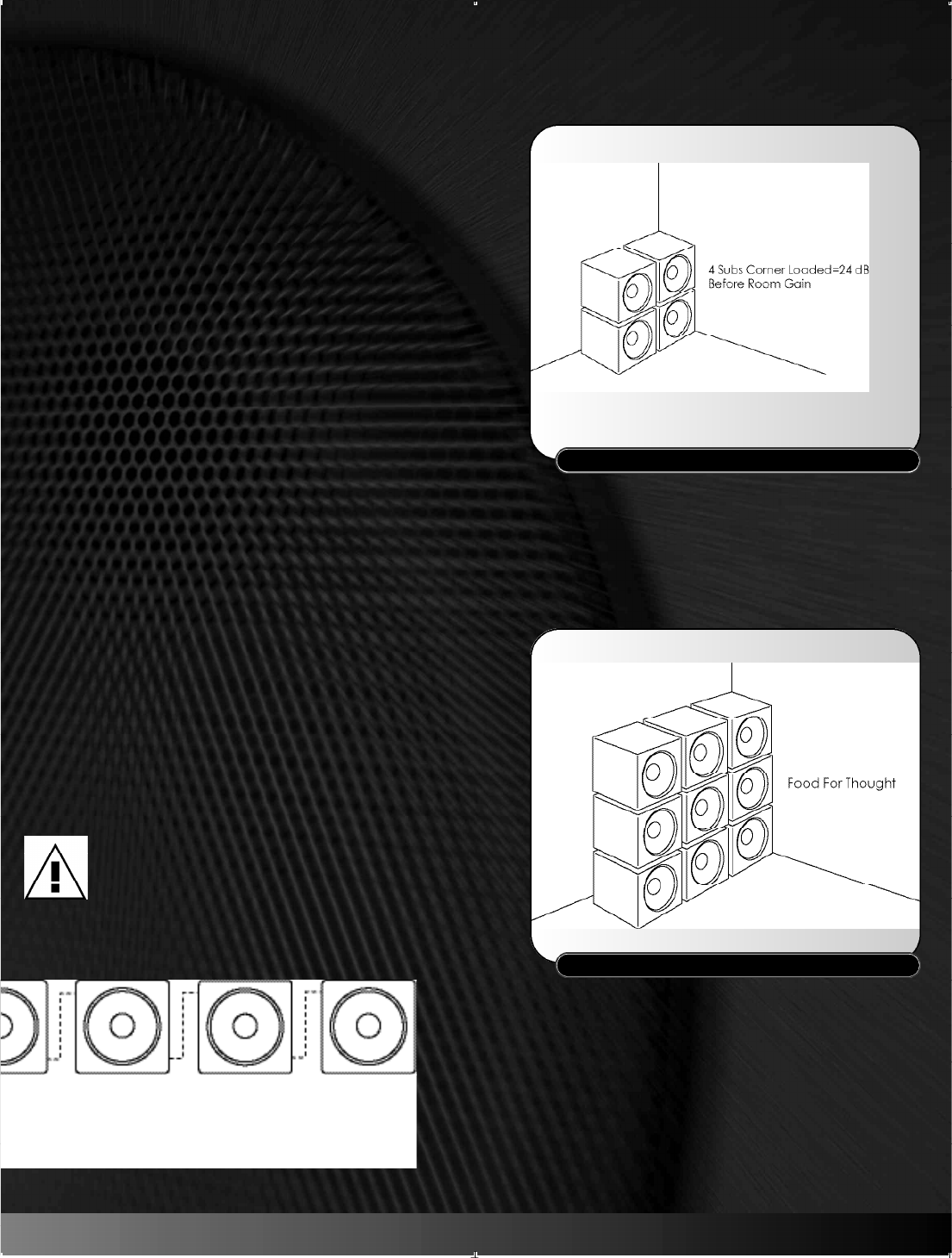
S W S
P ro M e d i a
®
Subwoo fer System
FIGURE 3
FIGURE 4
Room boundaries work a similar sort of magic,
but uniformly over a fairly wide frequency range.
Move dual subwoofers from the middle of a room
to up against a wall, and they will play 12-dB
louder than a single sub (Fig. 1). Slide the two
subs inot a corner fo another 6-dB, yields +18dB
(Fig. 2). What does that mean? A 1-dB (decibel)
volume change is about the smallest we can rec-
ognize as a level change. To hear a really obvious
difference, you need about a 3-dB change. And
to get a subjective doubling you need about a 10-
dB level boost. So the gain achieved by moving a
subwoofer into a corner is a pretty big deal.
Which brings us to the glory of multiple sub-
woofers. Put a second subwoofer right next to your
first one, operating at the same level, and you get
about a 6-dB increase in total acoustic output.
T h a t ’s equivalent to increasing the amplifier power
by four times! Double the number of subwoofers
again, and you get another 6-dB increase (Fig. 3).
T h a t ’s equivalent to another quadrupling of amplifi-
er power, or sixteen times the original. And so on.
I t ’s the ultimate scalable system.
Combining all these tricks can yield quite formida-
ble bass from very compact subwoofers, right
down to the very lowest audible frequencies. Over
time, you can build the sonic equivalent of a much
larger subwoofer just by daisy-chaining additional
SWS subs into your system (Fig. 4). Not quite a
free lunch, but certainly a very economical one.
Warning
Do not vertically stack more than three
SWS units!



